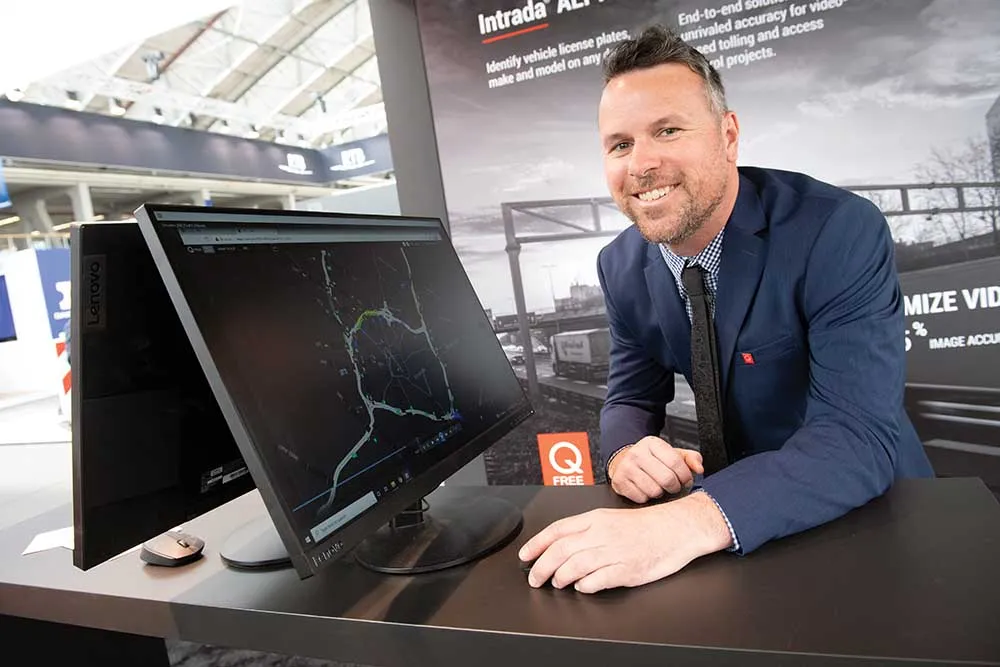smartmicro is highlighting its multi-lane 3D object tracking sensors this week at ITS America San Jose.
June 15, 2016
Read time: 1 min

According to Buddy Cruz, an area manager for the company, the sensors are the only product in the marketplace that can be used for traffic counting, intersection control and enforcement applications.
The ability for DoTs to combine all three ITS applications in a single solution is a major cost benefit, according to Cruz. He said that traffic agencies can move the sensors around and use them for various applications such as monitoring cars as they travel through an intersection or analysing driver behavior over a stretch of road--throughout the lifecycle of the sensor.
In addition to the typical lead gen, the company is looking to meet potential OEM partners at the conference.









